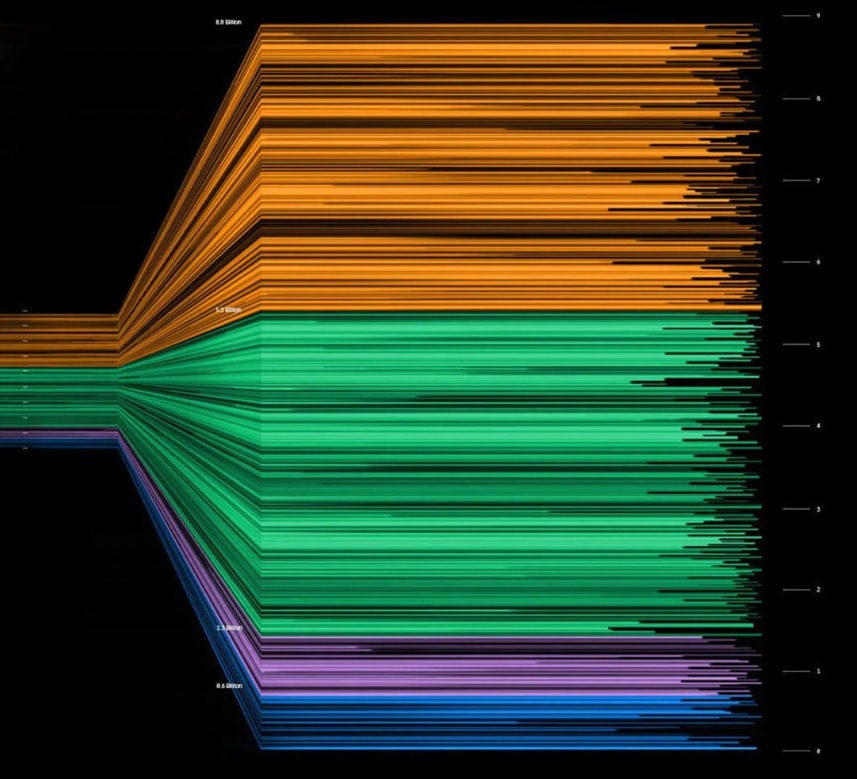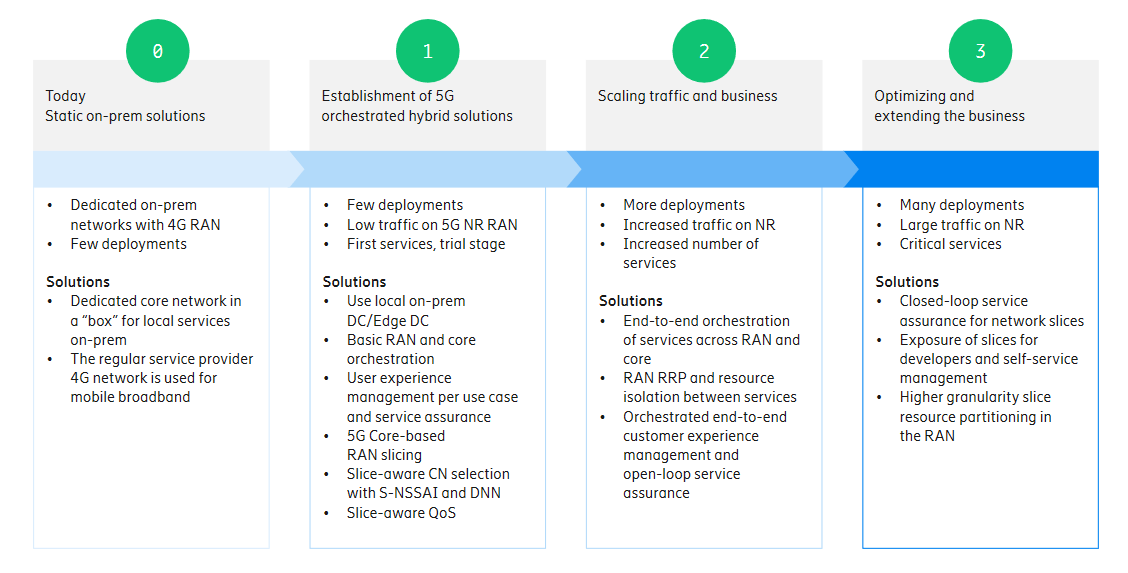Deutsche Telekom, Ericsson, and Samsung have have successfully completed the world’s first 5G end-to-end (E2E) network slicing trial, splitting the 5G network hitting a Samsung S21 tethered to a VR headset into a fully isolated default mobile broadband slice and a cloud VR gaming-optimized slice: an important success as 5G adoption continues to pick up, with subscriptions increasing at a rate of about a million per day.
Those latest 5G adoption figures (per a July 1 2021 Mobility Report from Ericsson) would make 5G the fastest adopted mobile generation in history, with subscriptions on track pass 580 million by the end of 2021: 5G subscriptions are now estimated to reach one billion two years earlier than 4G.
Significant testing is continuing, meanwhile, on the best way to set up 5G infrastructure as 5G adoption grows. The network slicing trial is a reminder of how much work there remains to do to modernise infrastructure and business models as 5G continues to emerge -- and how much uncertainty remains around the adoption and resulting network needs of end-user use cases like mobile/VR game streaming.
What is 5G network slicing?
Network Slicing is a key architectural feature in 5G that enables multiple virtual networks to be created on a single physical network infrastructure. Cleverly, this lets different service characteristics and quality parameters be assigned to each network 'slice', with full isolation between slices, enabling operators to develop new differentiated services and business models. As Deutsche Telekom emphasised, its trial also demonstrated the ability of telcos to automate this process of infrastructure resource isolation.
Erik Ekudden, Ericsson's Group CTO noted: “Network slicing is a key enabler for monetisation of 5G. New digital services to consumers and enterprises become reality because the technology makes it possible to create fit-for-purpose software defined virtual networks with defined characteristics. To bring these services to the market, it is vital for operators to start from their own business and to collaborate with customers as well as relevant ecosystem players to demonstrate value creation and technical readiness.
Follow The Stack on LinkedIn
The test focussed on latency-optimised VR streaming games and vanilla broadband, but as Deutsche Telekom noted, network slicing means "a security critical slice can be simultaneously offered to an enterprise customer while guaranteeing the quality of service to both users.”
As an earlier Ericsson whitepaper notes, frankly: "Not all IoT and enterprise services require slicing, but a significant number will. As we do not know which services will be developed, and to secure future competitiveness, we believe slicing will be needed and there is no time to wait..."

5G Adoption surge brings network challenges
With 5G adoption rising so fast, telcos and other 5G stakeholders are having to think fast about the best way to set up their infrastructure: from physical hardware to software cores and the business models to underpin often CapEx-heavy network buildout.
As Deutsche Telekom, Ericsson and Samsung put it in the wake of their network slicing trial, announced June 30: "By creating multiple virtual networks on a single physical network infrastructure, service providers can develop new, differentiated services and business models." Think a slice of network for game-streaming, a slice for a heavily automated factory, a slice for generic broadband across a campus.
The main differences between network slices have to do with the geographical area within which their services can be reached and specific service characteristics, particularly in terms of service coverage and enterprise integration depth. This in turn means organisations looking to build out 5G networks need to think carefully about the infrastructure.
For campus-area 5G networks, for example, large enterprises would need local edge data centres setting up to support low latency, data isolation and service assurance during normal operation and fault situations.
This can be done, Ericsson notes, with a 4G/LTE Radio Access Network (RAN), "provided there is a virtualized core network in place and some service orchestration", but for most, it will start with introducing 5G core and cloud-native "with a container as a system (CaaS) layer like Kubernetes."
As the company puts it in its network slicing whitepaper: "The ability to engineer network slices depends on an evolving toolbox of versatile enablers in five areas: cloud infrastructure, RAN, core, transport and operations support systems and business support systems (OSS and BSS)."

Claudia Nemat, Board Member, Technology & Innovation, Deutsche Telekom, said in a June 30 press releases that “5G SA Network Slicing sets a foundation for the creation of new service offerings to consumer and enterprise customers". Like other telcos, it will no doubt be watching how the market evolves closely.
Network slicing will largely be built on a foundation of a virtualised core network with network functions virtualisation infrastructure (NFVI), some virtual network functions (VNF) and basic network functions virtualisation (NFV) orchestration (management and orchestration) capabilities, engineers at Ericsson say. The next step for telcos will be to build up the ability to deliver network slices that are dynamic and scale on demand.
Data from Singapore provides some sense of early shifts in consumer behaviour: 5G adoption there is driving notable changes in usage behaviour there, Ericsson says, with 40% of users having started to stream HD videos, while 14-19% increasing their usage of AR apps and cloud gaming, and 5G users are now spending three hours more per week streaming HD videos and one hour more on cloud gaming and AR than 4G users. Enterprise use cases remain thinner on the ground, but will no doubt be emerging at pace in coming years.









